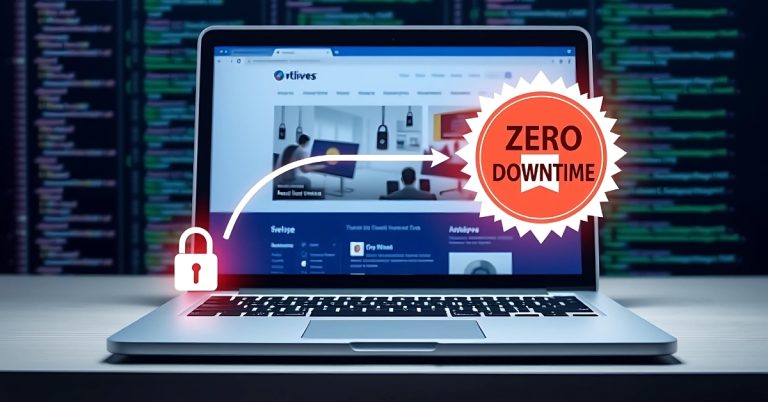Why New Top-Level Domains Can Be Lucrative Investments
Why New Top-Level Domains Can Be Lucrative Investments
Have you ever wondered what domains like flip.xyz, bit.cloud, m.chat, and quest.xyz have in common? These are all domain names with “new top-level domain” (TLD) extensions that sold for over $25,000 this year. This trend proves that even non-.COM domains can command significant prices, making them a promising opportunity for savvy domain investors. However, investing in these alternate extensions requires a unique approach compared to .COM domains. Let’s dive into why new TLDs might make sense for you and what to consider before jumping in.
Why Consider Investing in New TLDs?
Lower Entry Costs
Great .COM domains are often already registered, leaving investors to acquire them through auctions or resale, which can cost thousands of dollars. On the other hand, new TLDs often have excellent names available for under $100, making them more accessible for beginner and seasoned investors alike.
Less Competition
The .COM market is crowded, with countless investors competing to snatch up premium names. New TLDs like .XYZ, .APP, and .CLOUD face much less competition, offering a wider range of opportunities for those willing to explore these newer extensions.
Key Considerations When Investing in New TLDs
Avoid Premium-Priced Domains
Unlike .COM domains, registries for new TLDs often charge different prices depending on the perceived quality of the second-level domain (the part before the dot). Some TLDs apply premium pricing for both the initial registration and annual renewals. For instance:
- Mortgage.shop: $3,250/year
- Online.tech: $6,500/year
- Great.blog: $130,000/year
- Get.fashion: $2,700/year
- A.homes: $10,400/year
While these domains are attractive, their high costs make it harder for investors to achieve a profitable markup. Stick to domains with standard pricing to maximize your returns.
Watch Out for High Renewal Costs
Even standard-priced new TLDs can have steep renewal fees. For example:
- .AUTO and .INC domains cost over $2,000/year.
- .TICKETS domains cost over $400/year.
These holding costs can quickly add up, especially if you own multiple domains. Compare this to .XYZ domains, which currently renew for just $10.98/year at registrars like Webhostifier. Lower holding costs mean you can afford to wait for the right buyer without being overwhelmed by annual fees.
Learn from Successful Investors
Consider the case of Swetha Yenugula, a domain investor specializing in .XYZ domains. She’s sold domains like quest.xyz for $69,888, flip.xyz for $27,888, and optics.xyz for $19,888, along with numerous others for around $2,000 each. Swetha’s success is partly due to .XYZ’s low renewal costs, allowing her to hold nearly 20,000 domains at an annual cost of just over $200,000. Imagine if those renewals were $50 per year instead of $10.98 — her costs would balloon to $1 million annually, making the investment much less sustainable.
Be Cautious with Niche Domains
One of the appealing aspects of new TLDs is their specificity. Extensions like .DANCE, .MARKETING, and .CONSTRUCTION cater to particular industries, while geographic domains like .MIAMI target specific locations. However, these niche domains can be limiting. For example:
- Artist.miami appeals only to artists in Miami.
- Best.plumbing targets a narrow audience in the plumbing industry.
While these domains might sell to the right buyer, their limited appeal could result in longer holding times and higher risks.
Final Thoughts: The New TLD Opportunity
Recent sales prove that new TLDs can yield substantial returns. However, as with any investment, due diligence is essential. Before diving into this market, consider the following:
- Research the end-user market: Evaluate who might buy a domain in your chosen extension.
- Understand costs: Know the registration and renewal fees for each domain.
- Optimize your portfolio: Focus on domains with broad appeal and manageable holding costs.
By staying informed and strategic, you can tap into the potential of new TLDs and build a profitable domain portfolio. Whether you’re a seasoned investor or just starting, this market offers unique opportunities to grow your wealth.







